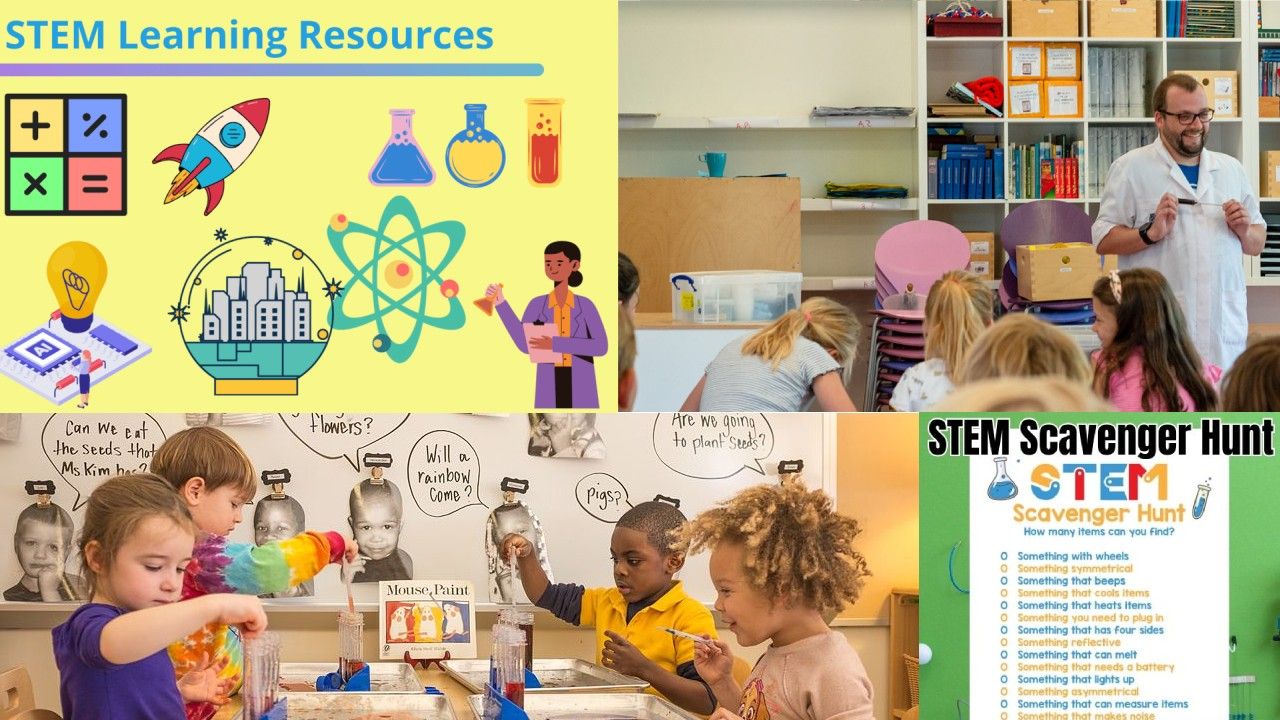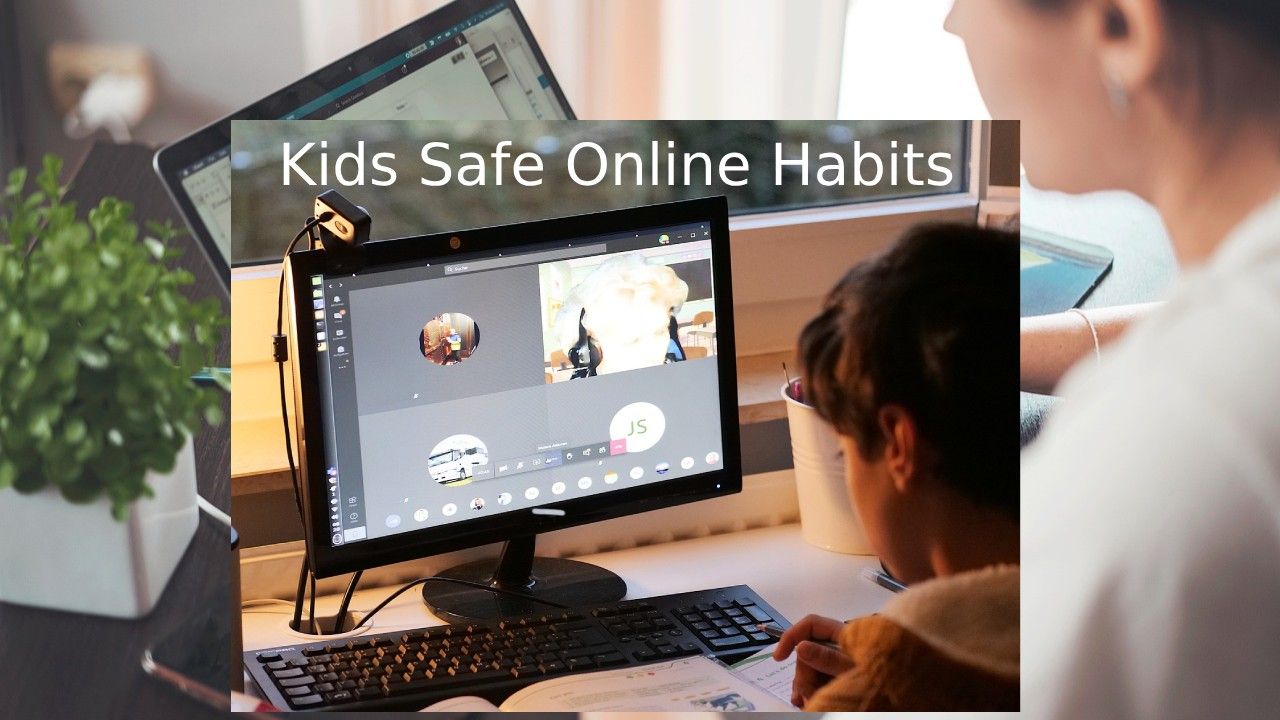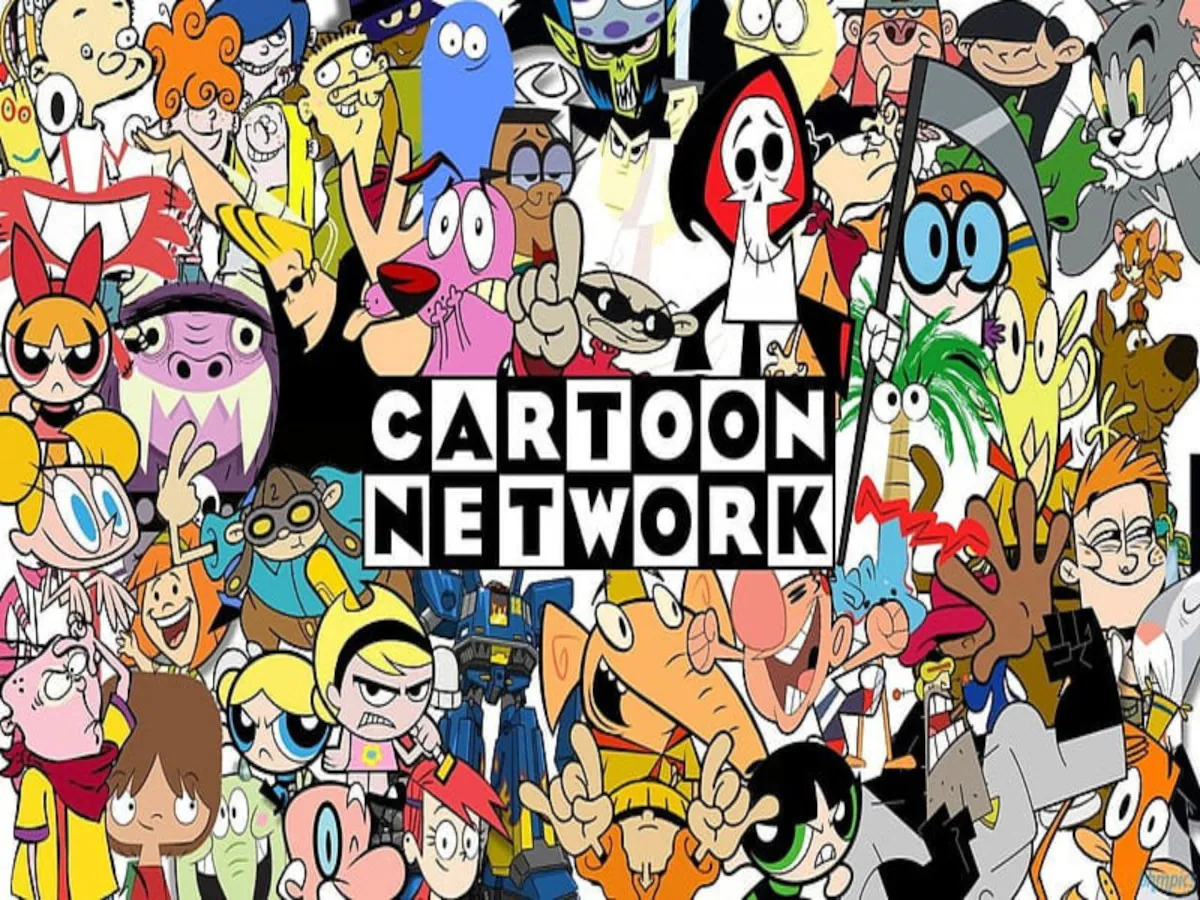
STEM education—focusing on Science, Technology, Engineering, and Mathematics—has become a cornerstone of modern education. By introducing children to these fields early, we prepare them for future careers and foster critical thinking, problem-solving, and creativity. For parents and teachers looking to support young learners, there are many resources available to enhance STEM education. This article explores these resources and provides practical tips for making STEM learning enjoyable and effective.
What is STEM Education?
STEM education is an interdisciplinary approach that blends Science, Technology, Engineering, and Mathematics into one comprehensive curriculum. Unlike traditional learning methods that separate these subjects, STEM education emphasizes the interconnectedness of these fields. This approach helps children see how each discipline contributes to real-world applications and problem-solving.
By nurturing curiosity and hands-on experiences, STEM education engages kids in active learning, encouraging them to explore, experiment, and innovate. This can inspire a love for learning and better prepare students for an ever-evolving technological world.
Why STEM Education Matters for Kids
There are numerous benefits to STEM education for children, including:
Develops Critical Thinking Skills: STEM encourages children to ask questions, explore, and find solutions, which strengthens their critical thinking abilities.
Promotes Creativity and Innovation: STEM projects allow children to think creatively and design new solutions, fostering a mindset of innovation.
Prepares Kids for Future Careers: With technology driving most industries, STEM skills are in high demand. Early exposure to these subjects prepares children for a range of exciting career paths.
Enhances Problem-Solving Abilities: Through hands-on experiments and real-world challenges, kids learn to approach problems methodically and find practical solutions.
Improves Collaboration and Communication: Many STEM activities encourage teamwork, helping children develop important social skills like collaboration and communication.
Top STEM Resources for Parents and Teachers
Whether you’re a parent looking for ways to help your child explore STEM at home or a teacher searching for engaging classroom resources, there are many tools available. Here are some of the best STEM resources:
1. STEM Toys and Kits
Hands-on learning is a fun and effective way to introduce kids to STEM concepts. STEM toys and kits provide children with the opportunity to explore science, engineering, and technology through play. Some popular STEM kits include:
LEGO Education Kits: These kits allow kids to build structures and learn about engineering principles, robotics, and coding.
Snap Circuits: A great way for younger children to experiment with electrical circuits in a simple and safe manner.
K’NEX Education Kits: These kits teach concepts of engineering and physics by allowing kids to build models with interlocking pieces.
2. STEM Apps and Online Platforms
Technology plays an essential role in STEM education. There are numerous apps and online platforms that make learning fun and interactive:
Scratch: Developed by MIT, Scratch is a free programming platform that teaches kids coding through fun, interactive games.
Khan Academy: Offering a wide range of STEM courses, Khan Academy helps students learn math, science, and more with videos, exercises, and quizzes.
Tynker: This app teaches children how to code using game-based learning. It’s perfect for teaching kids programming in an engaging and easy-to-understand way.
3. STEM Books for Kids
Books can be a fantastic way to introduce STEM concepts to kids in an age-appropriate manner. Some of the best STEM books include:
“Ada Twist, Scientist” by Andrea Beaty: This book introduces young readers to the importance of science and curiosity.
“The Way Things Work” by David Macaulay: A great resource for kids interested in engineering, this book explores how machines work and is full of detailed illustrations.
“Rosie Revere, Engineer” by Andrea Beaty: A story that encourages girls to embrace engineering and problem-solving.
4. STEM Websites for Teachers
Teachers looking to bring STEM activities into the classroom will find many helpful websites. Some top choices include:
Teachers Pay Teachers: This platform offers a variety of STEM lesson plans and activities created by fellow educators. Teachers can find ready-to-use resources to fit their classroom needs.
NASA’s STEM Resources: NASA offers a wealth of free educational materials, from lesson plans to virtual field trips, that focus on space science, engineering, and technology.
Edutopia: With articles, videos, and lesson ideas, Edutopia provides inspiration for teaching STEM subjects effectively.
5. STEM Challenges and Projects
STEM challenges are a great way to engage kids in hands-on learning. They encourage creativity, problem-solving, and teamwork. Here are some examples:
Build a Bridge Challenge: Using everyday materials like straws or paper, kids can design and build a bridge that can hold a certain weight.
Egg Drop Challenge: This project asks kids to engineer a contraption that will protect an egg from breaking when dropped from a height.
Robotics Projects: Building and programming robots can be a fun way to introduce kids to the fields of engineering and technology.
Tips for Parents to Support STEM Learning
As a parent, you can play a crucial role in fostering your child’s interest in STEM. Here are some tips to help:
1. Encourage Curiosity
STEM education thrives on curiosity. Encourage your child to ask questions about the world around them, and explore answers together. Whether it’s observing how plants grow or discussing how cars work, find ways to make everyday activities a learning experience.
2. Create a STEM-Friendly Environment at Home
Create a home environment that fosters exploration. Set up a dedicated space for science experiments, provide access to age-appropriate tools and resources, and give your child the freedom to explore and create.
3. Incorporate STEM into Daily Life
STEM is all around us, from cooking to shopping. Involve your child in everyday activities that require math or science skills, such as measuring ingredients, building a birdhouse, or calculating the time it takes to travel somewhere.
4. Join STEM Events and Clubs
Many communities host STEM events, such as science fairs, coding workshops, and maker fairs. Encourage your child to participate in these activities to develop skills and interact with others who share their interests.
Tips for Teachers to Integrate STEM in the Classroom
Teachers are integral to making STEM education effective and engaging. Here are a few tips for incorporating STEM into the classroom:
1. Use Real-World Examples
Connect lessons to real-world applications to show students how STEM subjects are relevant. For example, discuss the engineering behind building structures or the technology used in medical advancements.
2. Focus on Hands-On Activities
Hands-on activities make STEM come to life. Incorporate experiments, building challenges, and group projects to give students a chance to apply what they’ve learned in a practical way.
3. Foster Collaboration and Teamwork
STEM projects often involve collaboration. Encourage students to work together on projects, as this helps develop problem-solving, communication, and teamwork skills.
4. Incorporate Technology
Incorporate digital tools like coding apps, simulations, and interactive learning platforms into your lessons to engage students and enhance their learning experience.
Conclusion
STEM education offers a wealth of opportunities for children to explore, learn, and grow. By providing access to quality resources and fostering a curious mindset, parents and teachers can inspire a lifelong love of STEM subjects. With the right tools and guidance, kids will be equipped with the skills they need to thrive in the future. Whether through toys, apps, books, or hands-on projects, the resources available today are designed to make STEM education engaging and fun for all children.






